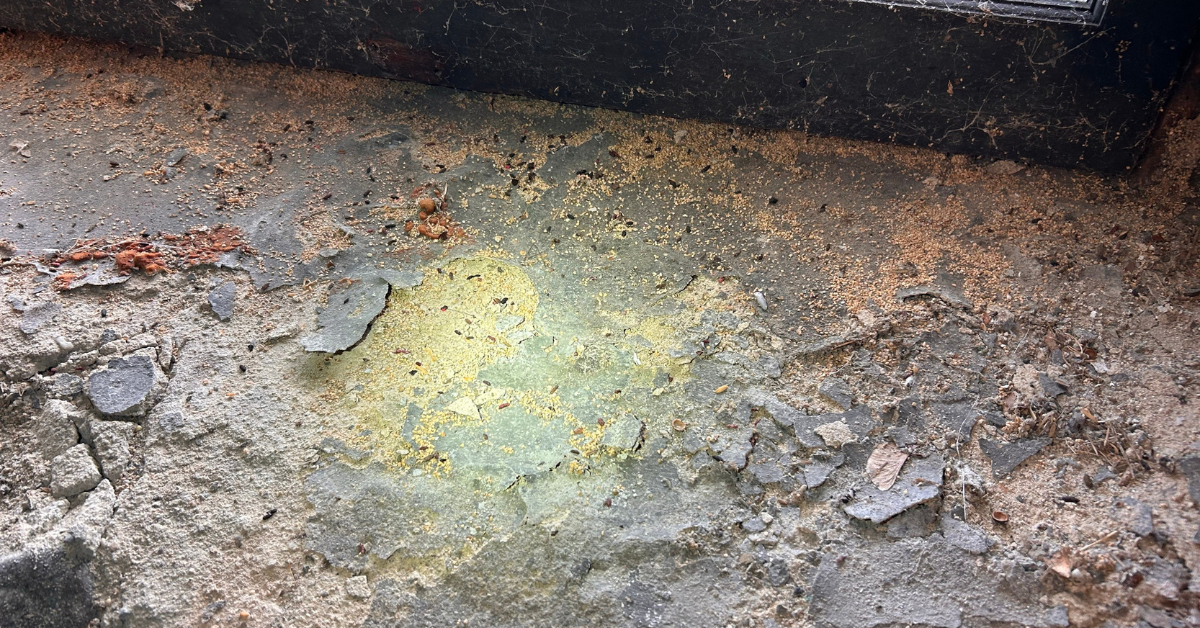Reasons You Should Know What Skunk Poop Looks Like
You're probably going to learn a lot of things this month, like how to cook a new dish, how to navigate some new website on the internet or how to fix your house or your car. Learning how to do things is all part of life. But why in the name of all that is sacred would you ever have to learn what skunk poop looks like? That is a good question. I'm glad you asked. Here is why the identification of skunk poop can help you, especially if you're a homeowner.
What skunks may be carrying.
A nasty smelling spray is not the only danger you have to worry about with skunks. The CDC marks this pest as a rabies threat and a carrier of the following diseases, viruses and parasites: listeriosis, hepatitis, leptospirosis, Q-fever, tularemia, Trypanosoma, ringworms, tapeworms, canine distemper, equine protozoal myeloencephalitis and feline panleukopenia virus.
What do all those big words mean? For your dog, it can mean lethargy, fever, nausea, diarrhea and neurological damage that can lead to lifelong ailments. For your cats, feline panleukopenia is usually fatal. For your horses, it can mean severe nerve damage resulting in weakness, muscle debilitation, paralysis and lameness. None of which are good. But what is most disturbing is what some of these bad things can do to humans. Listeriosis begins with fatigue, diarrhea, rash and fever, and can end with paralysis and swelling of the brain. Hepatitis attacks kidneys, lungs, liver and the spleen. Roundworms like baylisascariasis make their way into the brain, liver and eyes, causing neurological damage, blindness and worse.
How to identify skunk poop.
The next time you find droppings on your property, take a moment to see if they have the following characteristics.
-
Dark brown droppings that have a lot of insect parts in them are most likely skunk droppings
-
Skunk droppings can also contain large amounts of seeds, fur, berries, grass and feathers.
-
These droppings are tubular and tend to disintegrate when prodded with an object.
-
Depending on the skunk, these droppings can be ½ to ¼ of an inch in diameter and 1 to 2 inches in length.
If you suspect a skunk on your property, call a professional wildlife control company and have it safely removed. Even if your skunk doesn't have any of the scary things listed above, it is still a bad idea to have a skunk living on your property. Learn how to recognize the droppings they leave behind, and protect your family and pets from this dirty, foraging pest.
Source: http://www.buzzle.com/articles/skunk-droppings-identification-and-dangers.html


.png)
.png)
